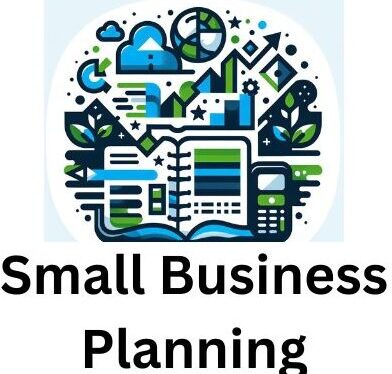
Email marketing is like a secret weapon for small businesses. It’s a direct line to your customers right in their inbox. With all the buzz around social media, email still stands strong—and for good reasons. It’s a cost-effective way to keep your audience updated and engaged. Running an email campaign is like having an ongoing conversation with your audience, but you control the flow and timing.
It’s important to recognize the power email marketing has in boosting engagement. Think about how personal emails feel compared to social media posts. There’s a unique intimacy with emails as they’re tailored and often directly addressed. This personal touch not only builds customer loyalty but can also significantly impact sales. You’re essentially building a community, and emails help nurture that growth.
There are misconceptions floating around. Some say email marketing is outdated, but the numbers tell a different story. People are still checking their emails daily—multiple times, actually. Another tricky part is thinking it’s just hitting ‘send’. It’s way more strategic than that. You’ll want to focus on quality over quantity, sending messages when it’s most impactful.
When considering the benefits, email marketing offers detailed analytics that help you understand what works. You can see who opens your emails, what links they click on, and how they interact with your content, leading to smarter strategies down the road. So, understanding these basics isn’t just about knowing the ‘how’, but more about comprehending the ‘why’ behind email marketing’s consistent popularity among small businesses.
Building a High-Quality Email List Responsibly
Growing your email list is all about quality, not just quantity. It’s not just about getting as many emails as possible; it’s about attracting the right kind of audience that will actually engage with your content.
Collecting emails doesn’t have to feel like pulling teeth. Get creative with how you ask for subscribers. Offering valuable content, like a free guide or exclusive discount, can turn a curious visitor into a loyal subscriber. Of course, it’s crucial to ensure people are willingly signing up. That’s where opt-ins and double opt-ins shine, as they protect against spam while making sure your audience truly wants to hear from you.
Once you’ve got those sign-ups, segmenting your list can be a game-changer. Think of it this way: not all subscribers are at the same stage of their journey with your brand. Some might be long-time fans, while others are just getting to know you. Tailored content can make all the difference here, sending personalized emails to different segments based on demographics or past interactions.
Never underestimate the importance of respecting privacy laws either. It’s not just about being compliant, but it’s also about building trust with your audience. Familiarize yourself with essential regulations like GDPR if you’re dealing with international audiences. The good news is, when you handle data responsibly, it paves the way for stronger relationships and a more engaged audience.
Crafting Compelling Email Content That Captivates
When it comes to email marketing, content really is king. You want your emails to grab attention and make people dig deeper, not just scroll past. It starts with your subject line; it’s the first thing people see and it’s got to be catchy. Think of it like a movie trailer – you get just a few words to make a big impression.
Personalization is where the magic happens. Address your readers by their first name, reference their past purchases or interests, or suggest products based on their browsing history. This isn’t just a nice touch – it significantly hypes up your open and click-through rates. Knowing what resonates with your audience at a personal level is key.
Don’t forget about the design. An eye-catching, mobile-friendly layout can make your emails pop. Over half of all emails are opened on mobile devices, so ensure that your messages look fab on smaller screens. Use visuals and whitespace strategically to draw the eye and make your content readable.
A call to action (CTA) is your closing pitch. Whether it’s ‘Shop Now’, ‘Get Your Discount’, or ‘Read More’, your CTA should be clear and compelling. It doesn’t just tell your audience what to do next – it makes them excited about doing it. With the right balance of text, visuals, and personalization, your email isn’t just information – it’s a conversation starter.
Measuring Success and Optimizing Email Campaigns
Getting the most out of your email campaigns means knowing if they’re hitting the mark. That’s where metrics come into play. By tracking key performance indicators like open rates, click-through rates, and conversion rates, you get a clear picture of what’s working and what needs tweaking. It’s like having a report card for your efforts.
A/B testing is another powerful tool in your arsenal. This means sending out two different versions of an email to see which performs better. Test everything you can think of – subject lines, images, or even the time you send them. These small changes can sometimes lead to big results.
Optimization should be an ongoing process. By continuously analyzing feedback and data, you can tailor your strategies to align better with your audience’s preferences and habits. If you notice a particular type of content resonates more, pivot towards that style. It’s all about adapting to keep your engagement high.
Remember, not every campaign will be a home run. Learning from what doesn’t work is just as important as understanding what does. Use each email as a learning opportunity to refine your approach further, ensuring that your future campaigns are even more effective.
Here’s a little transparency: Our website contains affiliate links. This means if you click and make a purchase, we may receive a small commission. Don’t worry, there’s no extra cost to you. It’s a simple way you can support our mission to bring you quality “Small Business Planning content.”
